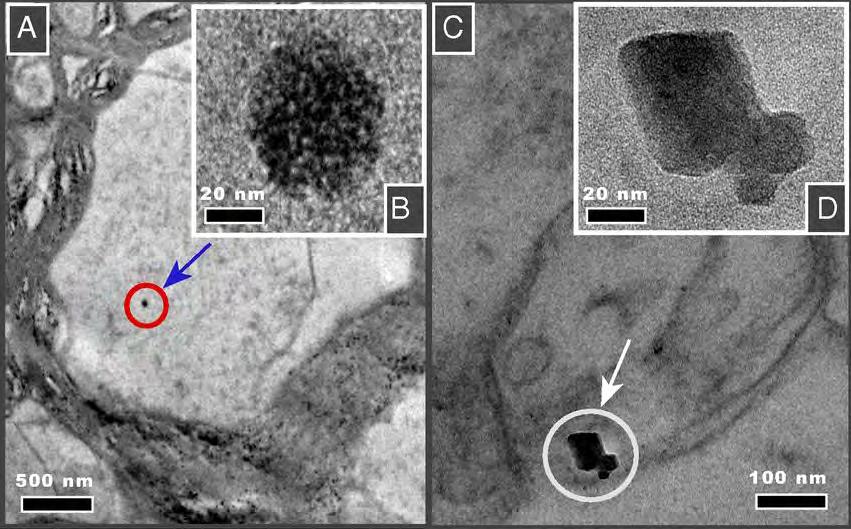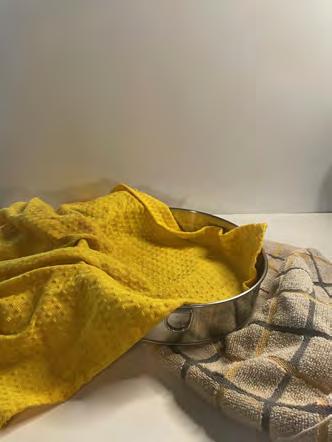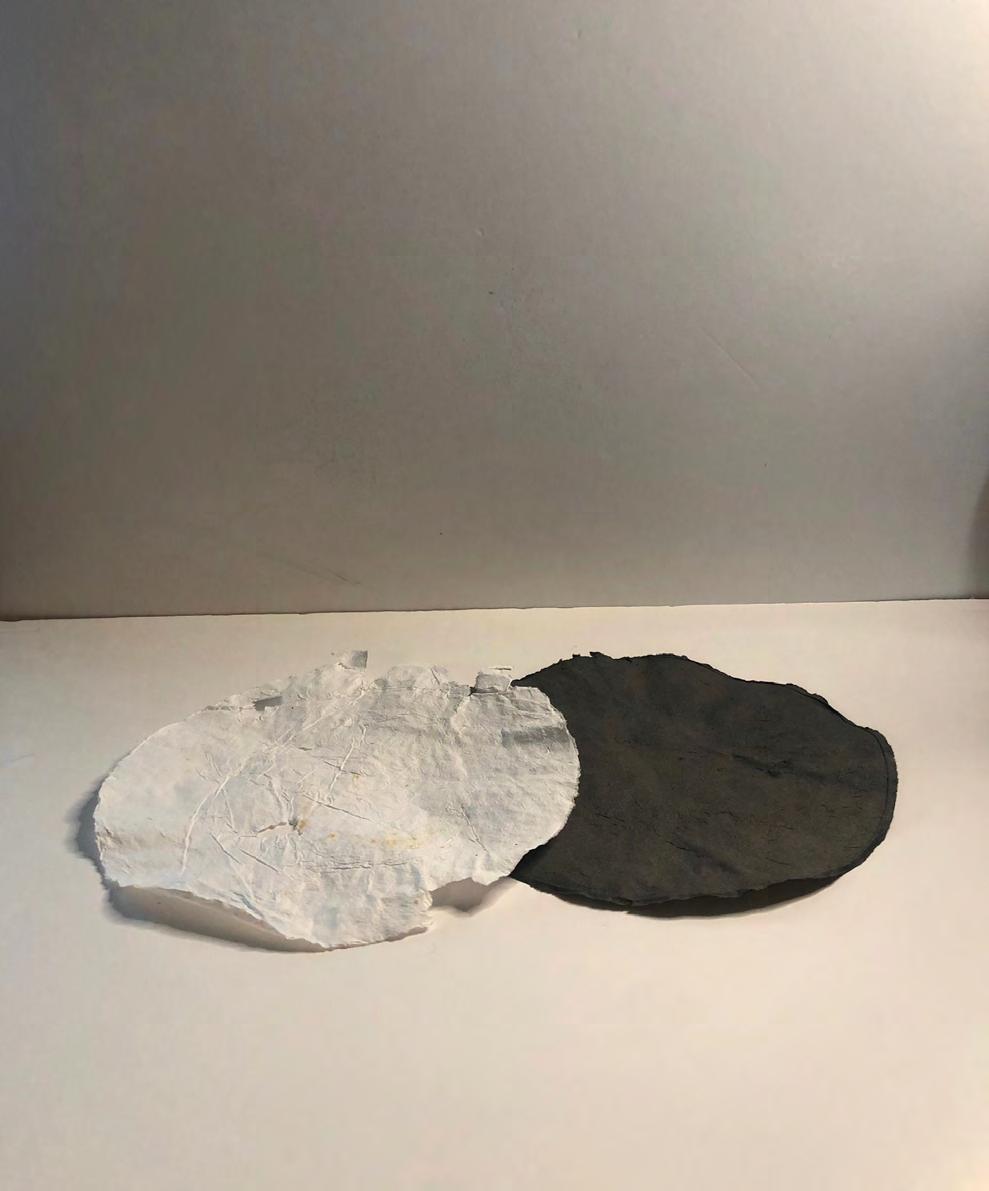
5 minute read
Attraction to Memory
39
Positive Effect on Memory - Biogenic Magnetite Storage
Advertisement
In 1992 researchers identified the presence of magnetite — a permanently magnetic form of iron oxide — in human brain tissue. But the presence of magnetite in the brain could be more than incidental. Various studies have shown that brain cells respond to external magnetic fields.
There is a possible role for magnetite nanoparticles, distributed through neuronal and astroglial membranes, in perception, transduction and storage of information that arrives to the neocortex.
This ties to some of the initial themes I was interested in exploring. As magnetite has a potential positive effect on long term memory storage, a parallel to the fragments stored in the virtual world.
1
1
2




Negative Effect on Memory - Pollution Based Deterioration

Magnetite pollution nanoparticles in the human brain - “We identify the abundant presence in the human brain of magnetite nanoparticles that match precisely the high-temperature magnetite nanospheres, formed by combustion and/or frictionderived heating, which are prolific in urban, airborne particulate matter. Because many of the airborne magnetite pollution particles are <200 nm in diameter, they can enter the brain directly through the olfactory nerve. This discovery is important because nanoscale magnetite can respond to external magnetic fields, and is toxic to the brain, being implicated in production of damaging reactive oxygen species.1
This shows that the material is not only a positive influence on memory but also a negative. When introduced from the environment through it’s use, it causes neurodegeneration.
2

3






Positive Effect on Memory - Protecting the Legacy?

‘Conductive concrete’ shields electronics from EMP attack - An attack via a burst of electromagnetic energy could cripple vital electronic systems, threatening national security and critical infrastructure, such as power grids and data centres.
Their technology works by both absorbing and reflecting electromagnetic waves. The team replaced some standard concrete aggregates with their key ingredient - magnetite, a mineral with magnetic properties that absorbs microwaves like a sponge.1
This has a similar effect to a Faraday Cage - could the organic form also aid in data protection?
Most importantly this is another example of the material being used for memory and data protection. The magnetite studies so far have looked at: the geometrical properties, metaphysical properties and memory protection/degeneration, but what do memories and digital legacy actually look like now? and what will they look like in the ever changing future?
In the introduction I talked briefly about the intentions of the project, but now I begin to look a little deeper into what those themes translate to.
2
3




Fabric Magnetite - Precedent
Following the conductive concrete research, I began to explore how the faraday cage concept could be translated to a fabric rather than concrete. The idea was that a fabric could potentially be translucent and malleable to changing forms rather than set in concrete forever.

I have included some inspiration images that show the fabric could be draped or attached to a secondary structural element.

2


3
Fibre + Magnetite - Experiment


1
As a follow up experiment to my inital material research, I attempted to join magnetite and paper fibres to create a fabric like malleable product.
I began by tearing up junk mail, soaking it in water and blending it to make a fibre based pulp. I then added different amounts of fine magnetite powder (used in the ferrofluid studies) to the fibre pulp. This pulp was then panned and dried untill a single flexible material was created. The material was soft to the touch (similar to recycled papers) but was extremely thin and tough due to the added magnetite.
As expected the material responded to the magnetic field and is assumed to carry a charge similar to the conductive concrete precedent. This experiment acted as a proof of concept with assumptions made for the design project.
2 3


4 5



6 7




2


1
Experiment 2
Experiment 1 was thin and translucent whilst output 2 (right) was thicker like leather. Both experiments responded to the magnetic field.

To futher these material tests, a more elastic fabric could be tested to try and achieve a more ferrofluid like result.




